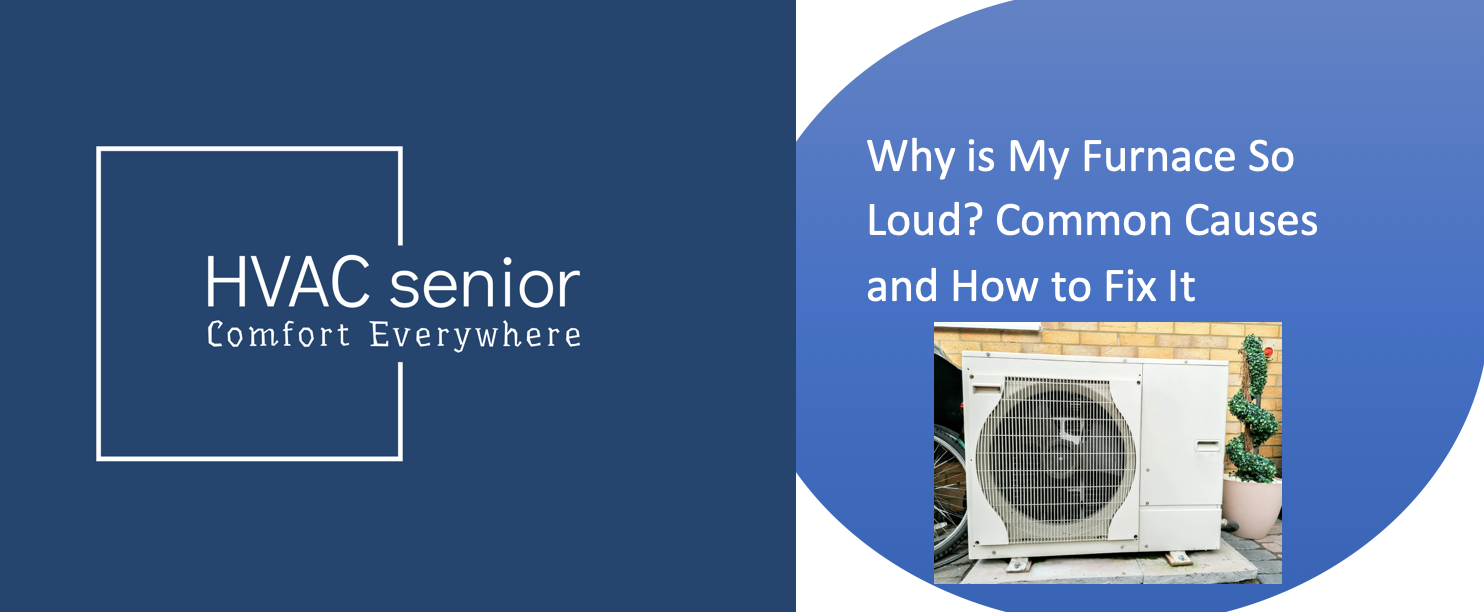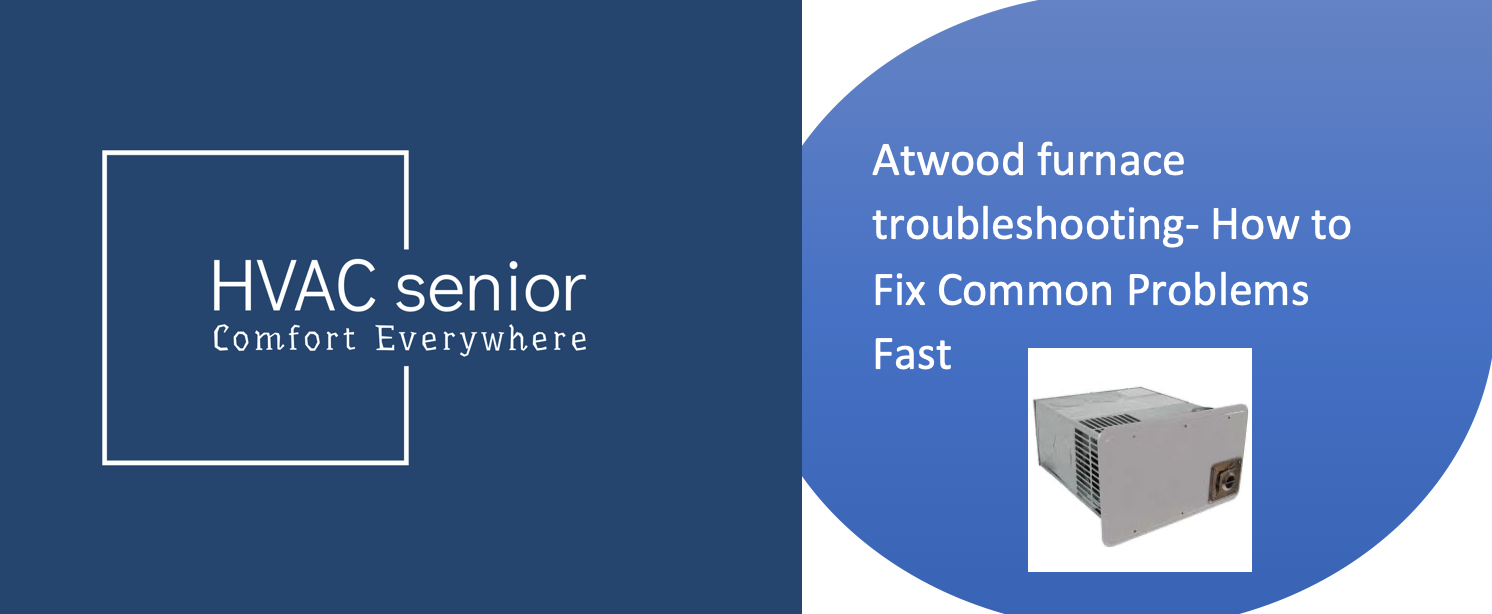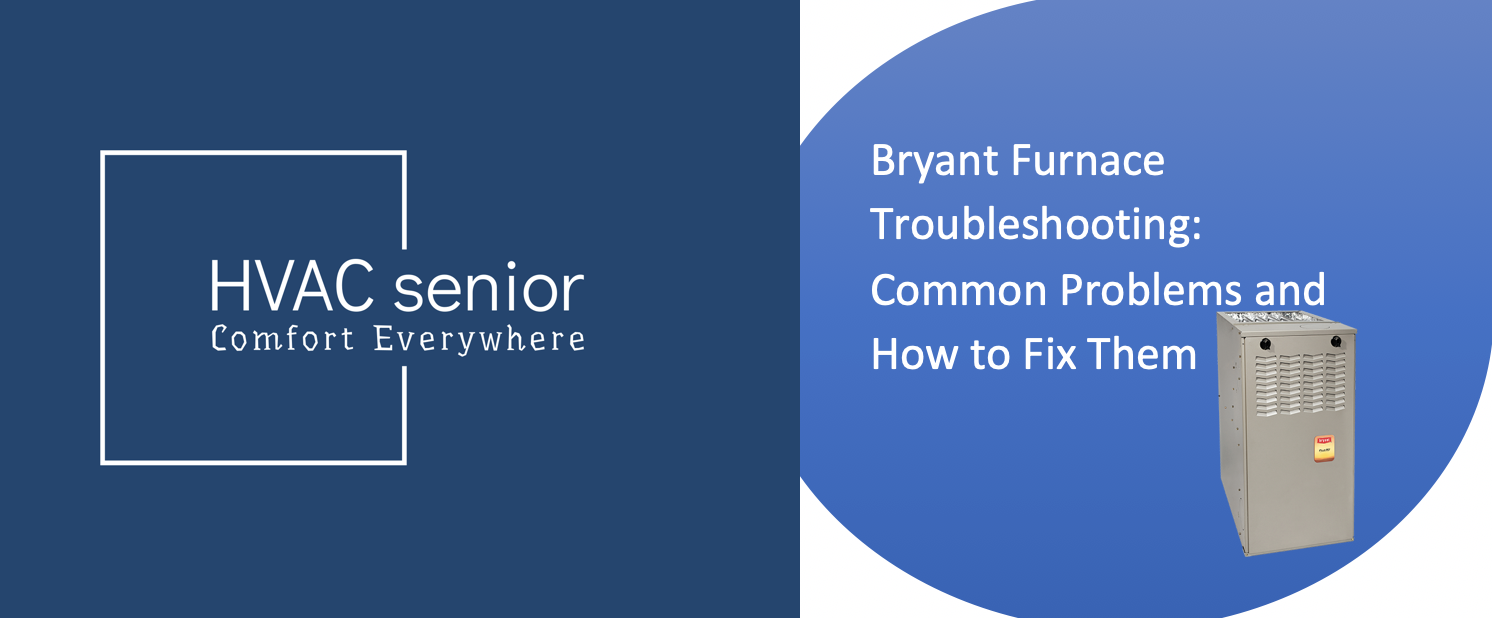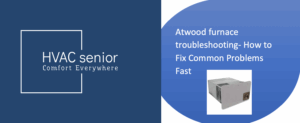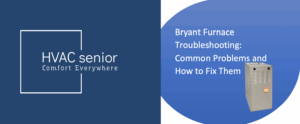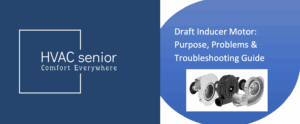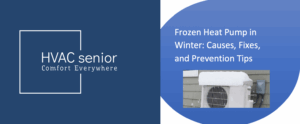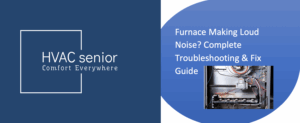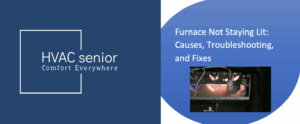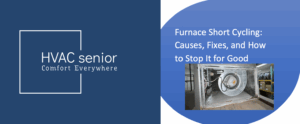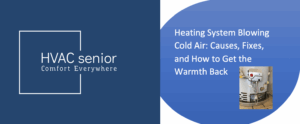With any luck, a working furnace should be able to keep your home warm quietly and efficiently. But when it suddenly becomes loud or is making other strange noises-banging, humming, rattling, or squealing-it’s not only an annoyance; more often than not, it indicates something is wrong.
A rumbling furnace could indicate blockages, friction in movement, or an inadequate air-fuel mixture; these warnings may become pricey repairs or safety hazards if left unheard.
In this guide, we’ll help you identify the reasons for your furnace making such loud noises, what each sound means, and what you can do to either fix it or prevent it.
Understanding Normal versus Abnormal Furnace Sounds
Every furnace makes some noise during operation. Knowing what is normal and what is not will aid in the early detection of problems.
Normal Sounds
- Gentle “whoosh” as the blower kicks in
- Soft clicking as the ignition lights
- Low, steady hum during operation
Abnormal Sounds ⚠️
- Loud banging, popping or rattling
- Persistent humming or screeching
- Noises: whistling or vibrating
- Sudden booms at startup
If your furnace sounds more like a drum set than a heater, it’s time to investigate.
Also read: Furnace Not Heating
Top Reasons Why Your Furnace Is So Loud
Below are the most common causes of furnace noise, what they mean, and how to fix them.
1. Banging or Popping Noise When Furnace Starts
Possible Cause: Filthy burners or expanding air ducts.
When burners become coated with dust or rust, gas builds up before ignition, causing a mini explosion when it finally lights; this produces a loud bang or pop.
Alternatively, metal ducts expand and contract when heating up, creating the pops and crackles.
Correct all mistakes:
- Turn off the furnace and clean the burners.
- Have a professional check for delayed ignition or gas pressure problems.
- If the noise is from ducts, add insulation or flexible joints to absorb expansion.
Danger Sign:
If the bang is strong or frequent, call an HVAC technician immediately; delayed ignition can damage the heat exchanger.
2. Rattling or Clanking Sounds
Possible Cause: Loose panels, screws, or motor mounts.
With time, these vibrations cause the components inside the furnace cabinet to loosen up. A rattling sound normally denotes something is shaking against the casing or fan housing.
Solution:
- Turn off power and tighten loose screws or bolts.
- Check the blower motor mount, heat shields, and access panels.
- Replace any missing or broken screws.
If the rattling keeps happening, it might be due to an unbalanced or cracked blower wheel that requires professional inspection.
3. Whistling or High-Pitched Noise
Possible Cause: Poor ventilation.
Whistling noises indicate air struggling to move through a small opening, usually as a result of a dirty air filter, closed vent, or gap around the ductwork.
Correcting:
- Replace or clean your air filter.
- Open all supply and return vents.
- Check for crushed or disconnected ducts.
If the noise continues, there might be an airflow alignment problem with the blower motor or housing.
4. Squealing or Screeching Sound
Possible Cause: Worn or slipping blower belt, bad bearings, or motor failure.
Older furnaces use belts to connect the motor and fan. When frayed or loosened, that belt begins to squeal like a slipping car belt.
In direct drive systems, worn bearings can also be the cause of shrill noises.
Fix:
- Turn off the furnace. Inspect the blower belt. Replace if cracked or glazed.
- Lubricate the blower motor bearings, if your model allows it.
- If the noise continues, it may be necessary to replace the motor.
5. Humming or buzzing noise
Possible Cause: Electrical problems or a failing motor.
A steady humming noise is normal, but if it becomes louder or changes to a buzzing noise, then this could indicate:
- Loose wiring
- Faulty capacitor
- Motor hard to start
Corrected:
- Ensure that all electrical connections are tight.
- Check the capacitor of the blower motor; a failing capacitor usually creates humming.
- Have the motor voltage tested by an HVAC technician and replace defective parts.
6. Boom or Thump After Shutdown
Possible Cause: Ductwork is expanding or contracting.
Cooling metal contracts when the furnace goes off, which creates a boom or thump. This is common in thin or undersized duct systems.
Fix:
- Insulate ducts or use flexible connectors to reduce noise.
- Duct sizing and static pressure should be checked by a technician.
7. Vibrating or rumbling noise
Possible Cause: Loosened blower assembly or motor imbalance.
A vibration or low rumble usually means your blower wheel is out of balance. This will prematurely wear down your motor bearings.
Correctness:
- Tighten blower mounting bolts.
- Inspect and clean the blower wheel.
- Replace if it’s bent or damaged.
8. Noisy Furnace During Use
Possible Cause: Ducts that are of improper size; high static pressure.
If your new high-efficiency furnace seems louder than your old one, the duct system may be undersized for the new airflow. This causes air turbulence and constant roaring.
Fix:
- Have a technician do an airflow and static pressure test.
- Add larger return ducts, or sound-insulated plenums.
9. Rumbling Noise After Burner Shutoff
Possible Cause:Dirty burners or flame rollout.
If you hear a low rumble after the furnace stops, unburned gas may be igniting late. This can damage the heat exchanger.
Fixes:
Immediately turn off the furnace and call a professional; rumbling after shutdown often points to incomplete combustion or a dangerous build-up of gases.
10. Furnace in an Enclosed Location
Sometimes, the furnace is not faulty; it’s just installed too close to walls or other equipment, which amplifies the vibration and noise it makes.
Fix:
- Add vibration-absorbing pads underneath the unit.
- Install acoustic insulation around the furnace area.
- When noise is excessive, consider duct silencer modifications.
Also read: Single Stage vs 2 Stage Furnace.
When to Worry About Furnace Noise
| Sound Type | Possible Severity | Recommended Action |
| Light whooshing | Normal | None |
| Rattling or vibrating | Mild–Moderate | Tighten or clean |
| Whistling | Moderate | Check airflow |
| Banging or booming | Severe | Call a technician immediately |
| Rumbling after shutdown | Critical | Turn off system; call HVAC pro |
Any sound involving banging, rumbling, or gas delay ignition is potentially dangerous — don’t ignore it.
DIY Maintenance Tips to Avoid Furnace Noises
The best defense against furnace noise and costly repairs is preventive maintenance.
- Replace the air filters every 1–3 months.
- Clean blower wheel and burners annually
- Tighten loose screws during tune-ups.
- Lubricate the bearings (for older units)
- Keep vents and ducts clean
- Schedule annual professional inspections
Regular servicing ensures smooth operation and prevents small problems from turning into loud, expensive ones.
Professional Furnace Noise Diagnosis
If DIY fixes are not helping, call a licensed HVAC technician. Professionals use special tools that can detect:
- Combustion problems or late ignition
- Motor amperage problems
- Fan balance and duct resonance
- Gas valve or burner malfunction
They are able to recommend repairs or upgrades such as blower isolation mounts, duct redesign, or motor replacement.
Also read: Furnace Fan Won’t Turn On.
Cost of Repair for Noisy Furnaces
| Problem | Typical Repair Cost (USD) |
| Tightening loose panels | $75 – $150 |
| Cleaning burners or blower | $100 – $250 |
| Replacing blower belt or bearings | $150 – $300 |
| Replacing blower motor | $400 – $900 |
| Duct repair or modification | $500 – $1,200 |
| Gas valve or ignition repair | $250 – $600 |
Conclusion
If you have been asking yourself, “Why is my furnace so loud?”, by now you know noise is not just a nuisance; it’s a warning. Whether the issue is due to a loose screw, a dirty burner, or serious ignition delay, identifying it early will protect your furnace, save energy, and provide a peaceful home.
Listen carefully, perform simple checks, and schedule regular HVAC maintenance. A quiet furnace isn’t just comfortable; it is a sign that your heating system is safe, efficient, and cared for.



